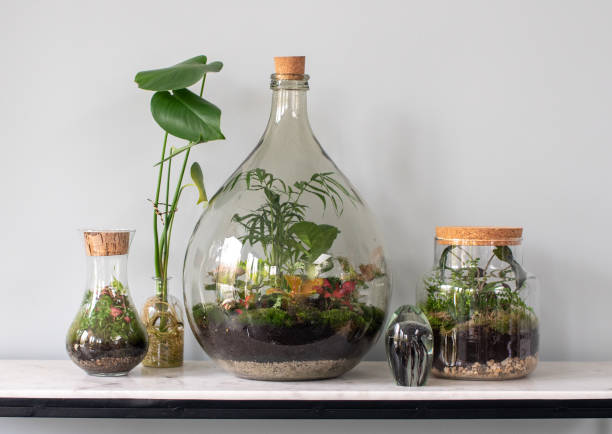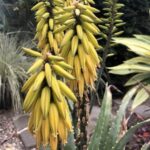Enclosed ecosystems, often called closed terrariums, are self-sustaining mini-habitats where plants and microorganisms work together to create a balanced environment inside a sealed container. These unique ecosystems mimic the natural processes found in the wild, as water, oxygen, and nutrients cycle continuously, providing the plants with everything they need to thrive. By observing an enclosed ecosystem, we get a glimpse of how nature manages its resources, making it a captivating way to connect with the natural world from the comfort of home.
One of the most interesting aspects of an enclosed ecosystem is how it maintains its own water cycle. The moisture from the soil and plants evaporates, condenses on the glass walls, and eventually trickles back down to rehydrate the soil, just as rain does in nature. This process allows the ecosystem to be virtually self-sufficient, with little to no need for outside watering once it is established. The balance of carbon dioxide and oxygen produced and consumed by the plants creates a stable environment, demonstrating nature’s ability to sustain life even within a small, confined space.
These mini-worlds not only serve as beautiful decor but also act as educational tools that reveal the resilience and adaptability of life. Enclosed ecosystems are a living example of nature’s delicate balance, reminding us of the intricacies within even the smallest habitats. By creating or caring for one, you can witness the wonders of natural processes and gain a deeper appreciation for the interdependence of all living things.






